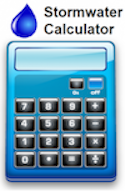Everything you do on land affects the health of our water.
However, there are simple things everyone can do to make water healthier!
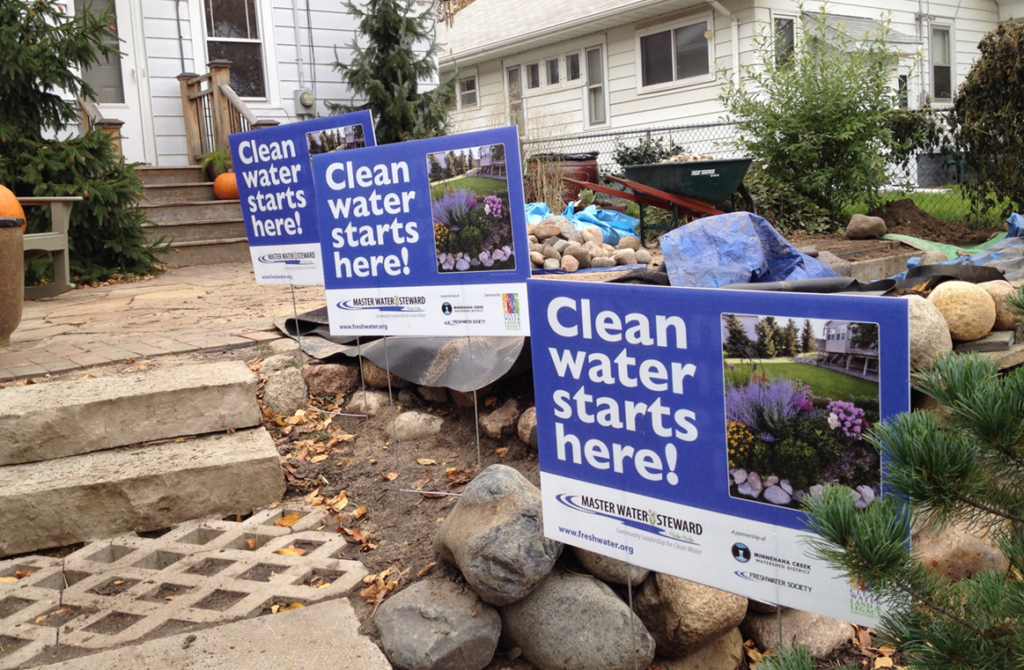
In addition to resources found here, Minnesota Water Stewards may be available to provide individualized help.
Reduce pollution coming from your yard
Use native plants when you can.
Not only do native plant roots penetrate into the soil more deeply than grass and other common landscaping options, they provide a wonderful habitat for butterflies, birds, and many other critters. Learn more here.
Reduce or eliminate fertilizers and pesticides.
Excess nutrients in fertilizers and harmful chemicals in pesticides can cause toxic algal blooms and can kill off beneficial organisms that are essential for plants to grow. Follow this link to read about how you can grow a healthy, no-waste lawn and garden.
Limit the amount of lawn or turf areas.
This is especially important if you live along a water body as native plants and non-turf plantings act as a natural buffer zone that reduces runoff and intercepts harmful excess nutrients before they can reach the water. The DNR has created a useful information sheet on natural buffers and landscaping that can be viewed here.
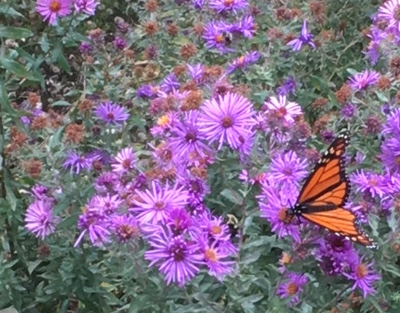
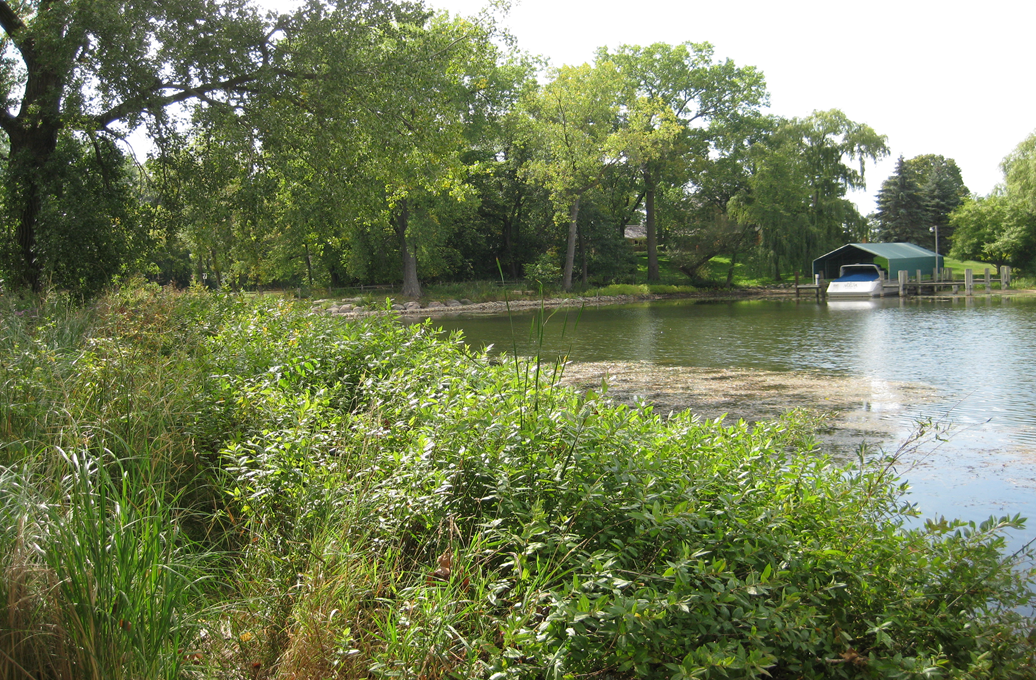
Capture your stormwater
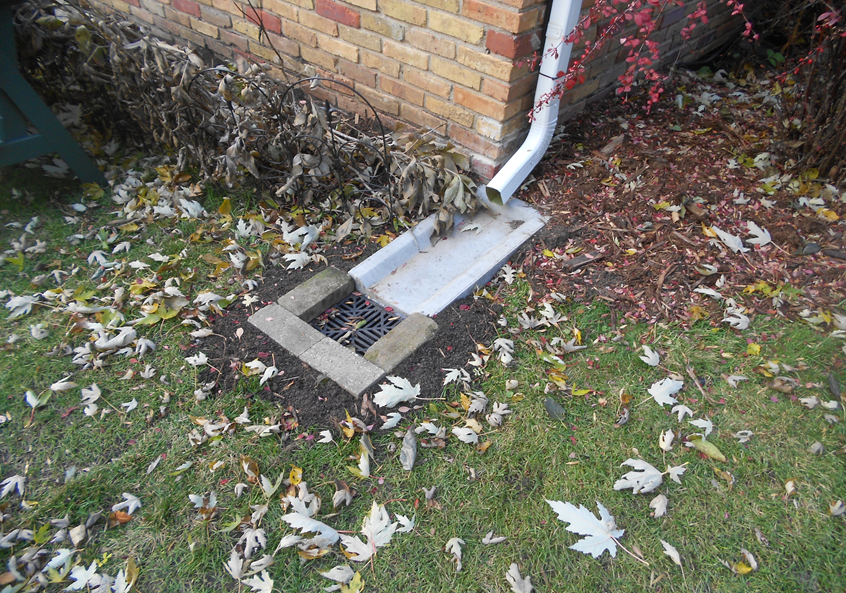
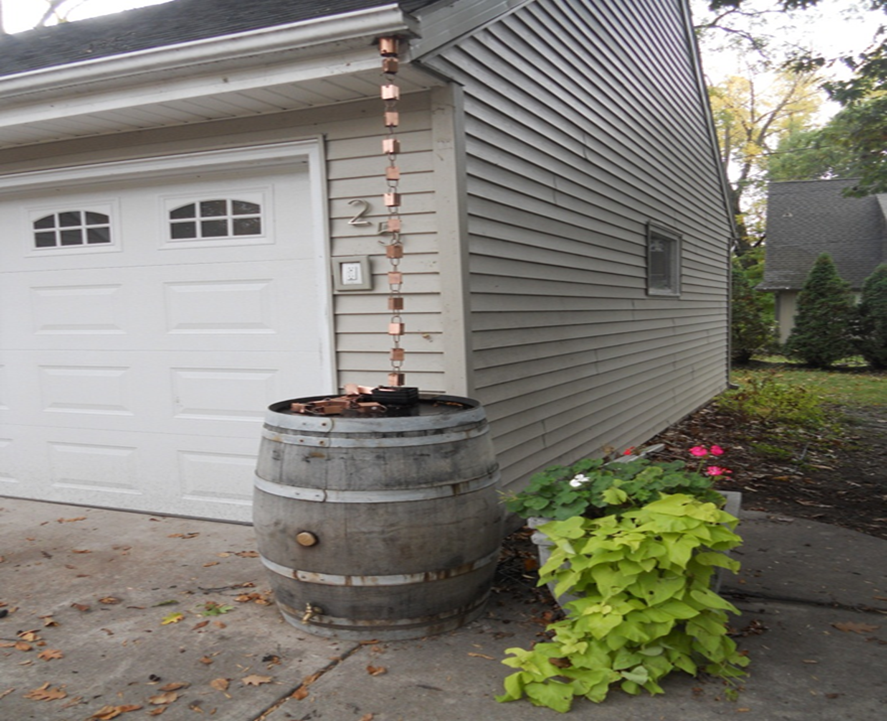
Direct rain gutters to your lawn or other garden areas
Changing how water flows off your house can stop untreated contaminants from entering our storm sewers and allow more water to soak into the ground.
Replace hard surfaces with paths that absorb water
Replacing things like asphalt and concrete with paths or permeable pavers can stop that water from running directly off your property and into the street. Instead, water can be absorbed into the ground, allowing for filtration of potentially harmful contaminants.
Install a rain barrel
Rain barrels are a great way to collect excess water that can be used in a number of ways from watering landscaping to irrigating flowering plants. Not only is it environmentally conscious, it can also help you save money on your water bill every month!
Minimize contaminants in your local lake, river or stream
Sweep up clippings and debris from sidewalks
Plant and leaf litter provide nutrients for algae and in excess they can cause toxic algae blooms. Algae blooms remove oxygen from the water and make it difficult for other plants and fish to thrive.
In winter, use less salt on your sidewalks and driveway
Chloride contained in just one teaspoon of road salt can permanently contaminate five gallons water. Chloride in aquatic environments can kill birds, fish, and plants. Learn how a little bit of salt can go a long way.
Host a Community Clean-Up for Water Quality
A Community Clean-Up for Water Quality is a perfect way to get your neighbors and community involved in water quality issues in your neighborhood. It's also a great way you can ensure the continued safety, reliability, and beauty of water in your community.
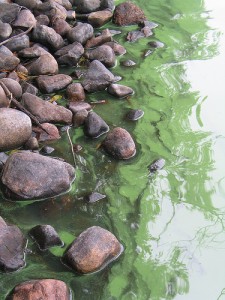
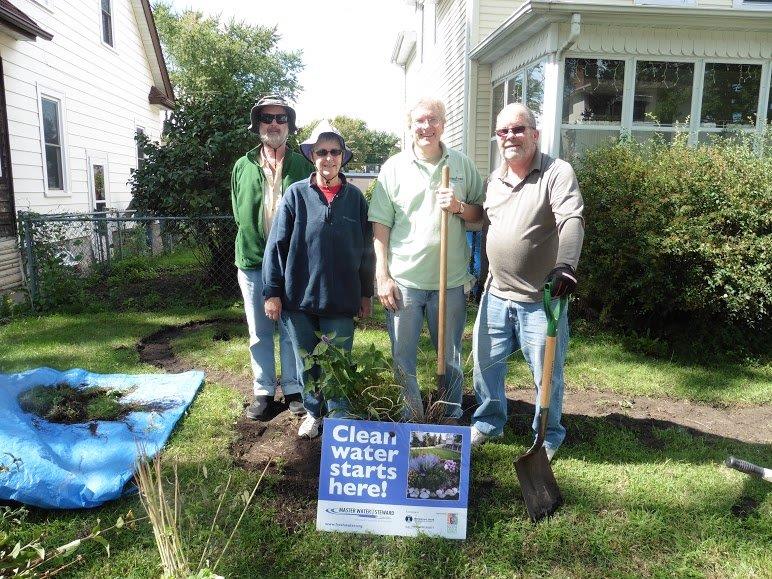
Additional guidelines:
- If you live on a lake, stream or wetland, plant a buffer strip of native plants along the water.
- If you have a septic system, make sure it functions properly and meets current standards.
- If you fish, consider putting away your lead sinkers and jigs and switching to non-toxic tackle.
- Never dump wastes into a storm drain. Storm sewers run directly to rivers and lakes.
- Don't use the lake as a bathtub. Soaps and shampoos contain nutrients and pollutants that are harmful to the lake.
Use this Stormwater Conservation Calculator to see how much water a rain garden or rain barrel in your yard could save.
In addition, ask a Minnesota Water Steward for advice on how to improve stormwater runoff in your yard or apply today to become a Minnesota Water Steward yourself and gain expertise in these areas.
